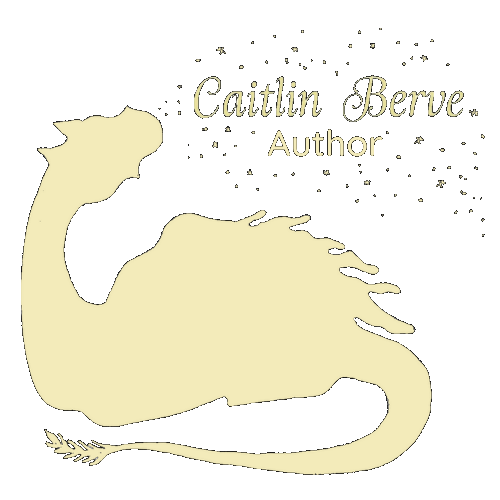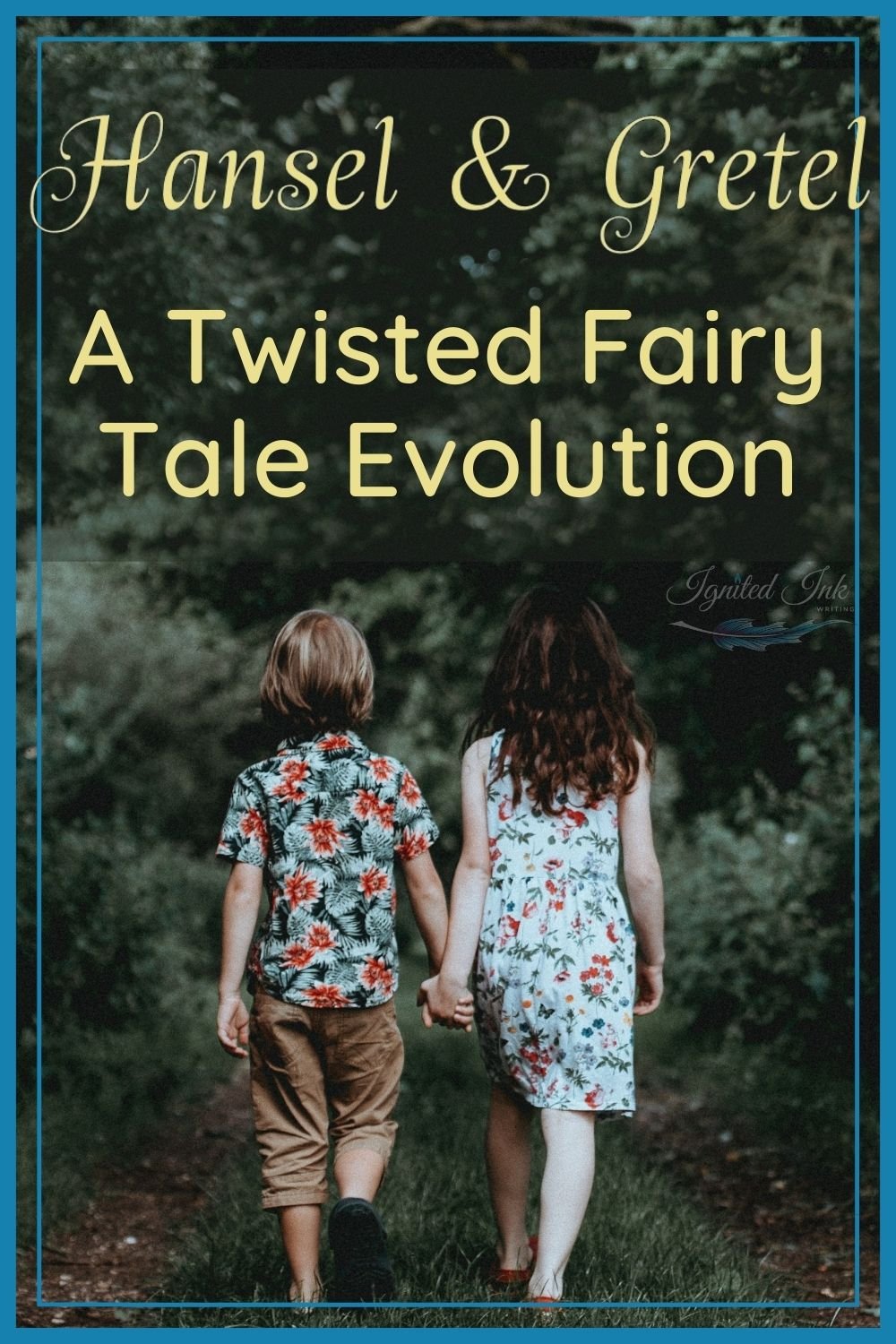Twisting Fairy Tales: The Dark Origin & Evolution of Hansel and Gretel
Hansel and Gretel’s Dark Origin
Other than the princess fairy tales, “Hansel and Gretel” is arguably the most recognized story from the Grimm brother’s collection. Like many other fairy tales, this one is dark for a reason.
Hansel and Gretel’s abandonment and battle with the witch was inspired by the Great Famine of the early 1300’s when people were literally starving. Many of the elderly forewent food, choosing to starve to death to save the young people in their families and communities. Others chose to murder or abandon the mouths they couldn’t feed, and cannibalism probably happened.
So this fairy tale, like so many others, is rooted in truth.
How Hansel and Gretel Evolved
However, the reason I chose to create a version of “Hansel and Gretel” was because of the way the Grimm brothers documented the tale. In the original story, before the children were known as Hansel and Gretel, both parents abandoned them. In the Grimm brother’s first version, the mother must convince the father leave their children.
It is believed the Grimm brothers changed the narrative because they didn’t think a father would ever abandon his children. This has always struck me as odd since history has proven men are way more likely to abandon their families, perhaps because women have often been the primary caregiver.
Then the Grimm brothers changed the tale again in a later version to specify the mother was actually a step-mother. Again, they are showing they don’t believe “real” parents would ever abandon their children in such a way. This contradicts the story’s origin. “Hansel and Gretel” is about making hard, perhaps morally wrong decisions. It also shows how despite the evil the world might throw at us, we can survive and thrive.
But the Fairy Tale Isn’t Over
“Hansel and Gretel” has never been my favorite fairy tale despite how its history fascinates me. However, it was the perfect choice to illustrate how a change in a story’s minor details can completely alter the fairy tale’s message.
In my version, “But the Fairy Tale Isn’t Over” from my collection When Magic Calls, I change the abandoner parent, location, evil witch, and children’s motivation one at a time until the story both comes full circle and is drastically different from the original. I wanted to illustrate the evolution fairy tales experience over time.
Unintentionally, I mimicked the Grimm brother’s step-parent theme. Perhaps I did this because I have two loving parents who would not leave my brother and I to starve in a forest (I hope), or perhaps it was to justify the transformation of the children in the final version. You’ll have to let me know what you think in the comments.










Caitlin Berve is the author of When Magic Calls: A Collection of Modern Fairy Tales and currently working on a fantasy novel involving an arranged marriage, damsels who save themselves, and non-human shape-shifters. Through her company Ignited Ink Writing and MFA, she edits other people’s novels, creates video tutorials, teaches, and writes. Caitlin seeks to fill the world with the kind of writing that lingers with readers, pet all the fluffy and scaly animals she can, and find magic in modern times.